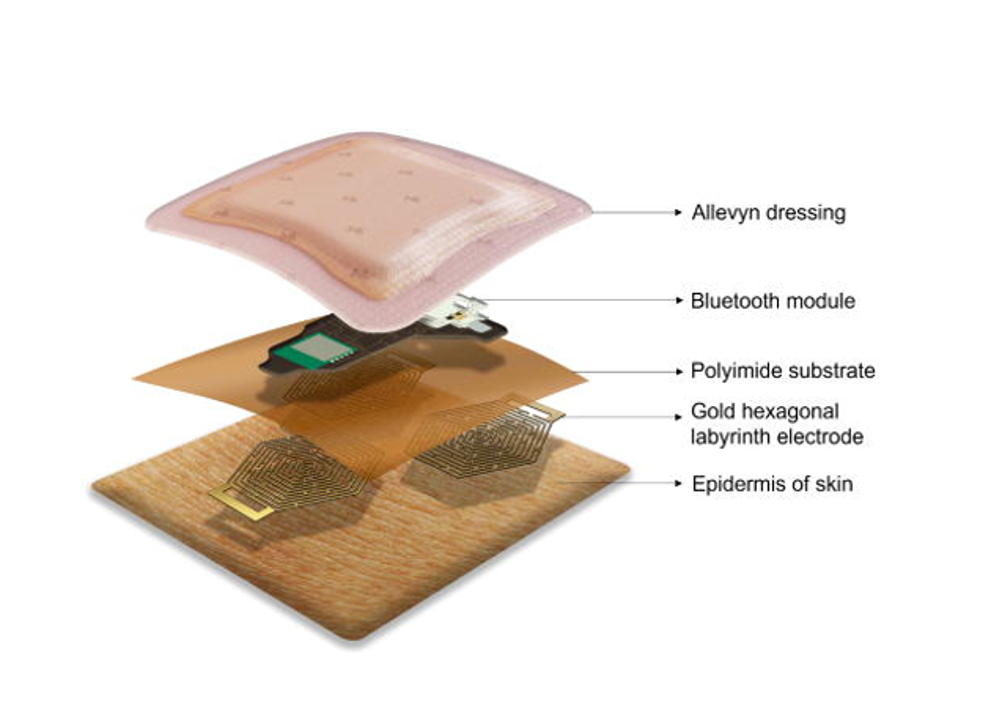Nearly 200 million people around the globe have coronary heart disease, which accounts for about one in every six deaths, according to the British Heart Foundation.
More from Medical and Healthcare
A group of researchers from Australia and India have developed a prototype wearable electronic electrocardiogram (ECG) device for enhanced point-of-care diagnostics, with the work published in Applied Physics Reviews last month.
In a statement, author Peter Francis Mathew Elango, said: “We did a deep dive into the world of wearable ECG devices. We focused on a critical aspect, how the design and materials of the electrodes impact their performance, and the findings were quite illuminating.”
Typically, Ag/AgCl electrodes, also known as ‘wet’ electrodes, are used in devices to measure ECG signals and include a conductive gel to enhance electrical signalling. However, the researchers stated that these are known to be uncomfortable, irritating to the skin, and prone to drying out.
The study focused on the advantages of using active ‘dry’ electrodes for ECG signalling, instead, and stated that these worked better for an ‘effective and promising’ prototype of the device.
"Dry electrodes offer some significant advantages," said Elango. "They prioritise user comfort, remain durable over time, and reduce the likelihood of skin irritation. These attributes make them ideal for continuous monitoring, a crucial feature for wearable ECG devices."
The research included considerations of how the performance of dry electrode sensors is affected by the contact area, conductivity, and stability of the electrical contact.
Researchers investigated various tight space geometry-based dry electrodes and different electrode geometries, to study their various influences on ECG sensing. They also examined how different body parts influence ECG measurements.
From this testing, researchers stated that they were able to create a compact, lightweight, gel-free hexagonal-shaped ECG patch ideally suited for point-of-care diagnostics. The configuration was then integrated with wireless Bluetooth communication for remote sensing capabilities.

"The potential applications are where it gets really exciting," said Elango. "These portable ECG patches could revolutionise remote and ambulatory healthcare, and perhaps even preventive medicine. They're light, they can wirelessly transmit data, and they're adept at discerning various states of rest or activity.
“Whether used in a clinical setting, seamlessly integrated into everyday attire, or worn as wearable devices, they could redefine how we monitor cardiac health."
The research paper, ‘Dry electrode geometry optimisation for wearable ECG devices’, can be read in full here.











Breaking the 15MW Barrier with Next-Gen Wind Turbines
Hi Martin, a wind turbine blade functions very much like an airplane wing in a climb. Obviously in one case the air is moving and the other the air is...